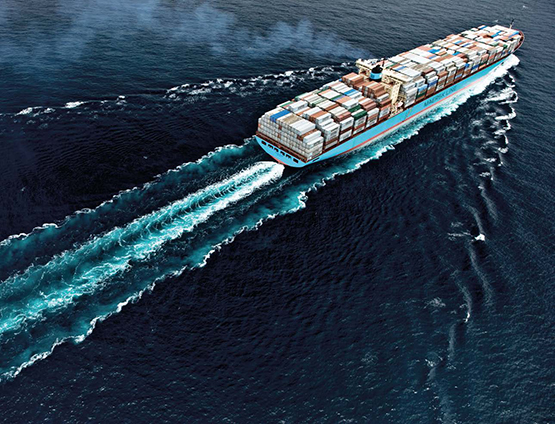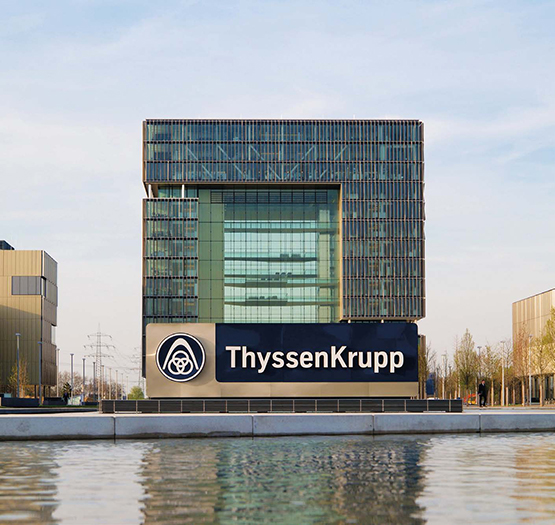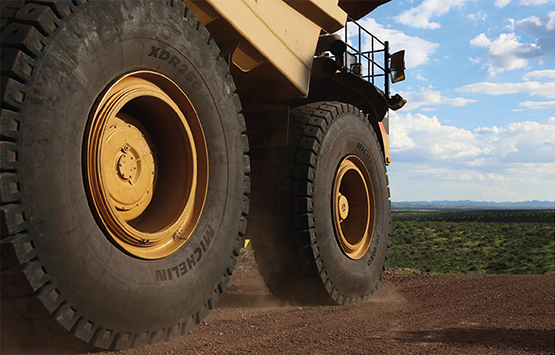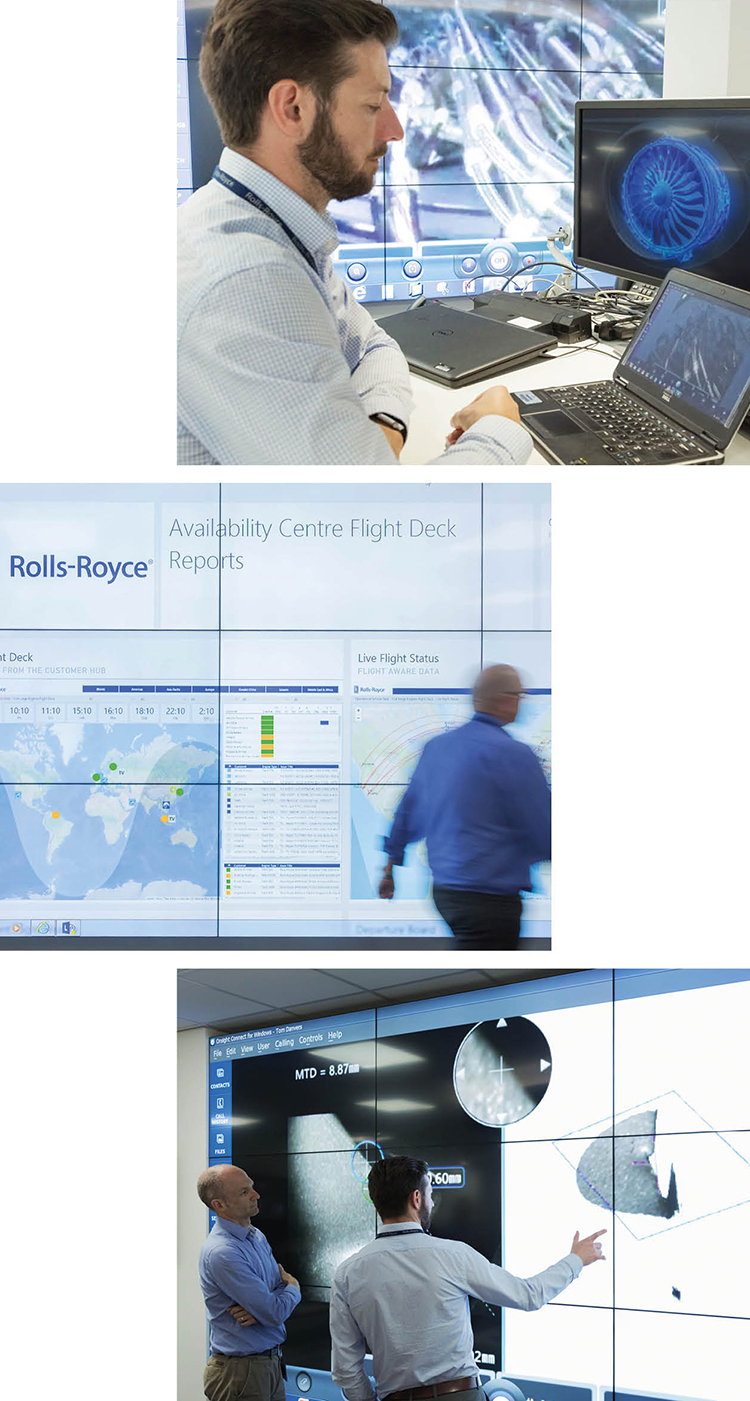Circular economy principles rely on a very simple equation, “waste = resource.” However, the reality is somewhat different. For example, converting plastic waste into valuable material is challenging as the plastics composition or the presence of toxic substances is often unknown. Making used equipment “as good as new” is difficult without information regarding its design or its past use.
To maintain the value of materials and products in the economy for as long as possible, the circular economy needs to have access not only to waste, but also to information regarding said waste. Factors like the composition of an alloy, the disassembly procedure of equipment or the number of operating hours of an electric engine are all fundamental. Therefore, waste ≠ resource; whereas waste + information does.
Today, design and usage information are barely recorded during the lifecycle of a product and when they are, they are rarely passed along the value chain. However, there are some solutions emerging, often leveraging new technologies, that make the equation “waste + information = resource” a reality.
Material passport
Product design information is often lost along the value chain, between the company in charge of manufacturing a product and the one in charge of managing its end of life. Waste often becomes “material without an identity.” To be able to capture and share product design information, some industries are using material passports. A material passport is a record of information regarding the components and materials that a product contains, and how they can be disassembled and recycled at the end of the product’s use life.
Several buildings have been built using a material passport. Examples include: the headquarters of Bluewater Energy Services in Hoofddorp, and the building belonging to the energy grid company Liander, in Duiven; both of which are in the Netherlands. When these buildings are renovated or demolished, it will be easier to reuse or recycle the materials employed in their construction.
The shipping company Maersk Line, is also using material passports for some of its vessels. Currently, steel is recycled on a large scale. However, different types of steel and metals are often mixed in the recycling process, reducing the quality of the recycled steel and hence sustaining the need for new iron ore. To be able to build new ships from older ones, Maersk has set-up a “Cradle-to-Cradle Passport,” together with the Korean shipyard DSME. The passport, documents almost all the materials used to build the Triple-E ships (which are very large container ships with high sustainability standards), and how to disassemble and recycle them.
 |
|
Maersk
|
Smart remanufacturing
The cost of giving a product a second life by repairing, refurbishing or remanufacturing it, varies according to the condition it is in. Barely used products are much cheaper to recondition than extensively used ones. Unfortunately, the condition of a used product is sometimes difficult to assess and can require a full, and costly, disassembly.
Some manufacturers of heavy assets, such as locomotives, aircraft engines or mining equipment, have chosen to fit their equipment with sensors that track their condition during the use phase and hence facilitate the overhaul process when they reach their end of use.
Komatsu, the manufacturer of construction and mining equipment, has fitted all standard equipment with sensors that send data to a central platform. The platform is able to log and analyse data on the equipment’s location and condition. This allows Komatsu to quantify the costs and benefits of various reverse logistics options, including reusing, remanufacturing or refurbishing.
In Grove City, GE Transportation remanufactures diesel engines from its locomotives. In the past, the company needed to disassemble engines into their individual parts, searching for what needed repairing and then rebuilding them. The same process was applied to every engine and every component, regardless of engine conditions. Using locomotive condition data, the plant is now able to identify the wear and tear on individual engine components that come through the factory door. Hence knowing if the engine needs to be remanufactured, needs to be prepared for reuse, or doesn’t need repairing at all.
Predicting failures
Condition data for equipment is valuable as goods near their end-of-use phase, and need reconditioning. It is also valuable during use life, so that they can be properly maintained. By analysing condition data, predictive maintenance can forecast equipment failure before it occurs. It leverages algorithms that detect fault patterns by comparing real-time data with pre-identified failure patterns. Recently, machine learning has enabled algorithms to automatically identify new failure patterns through iterative learning from data.
Predictive maintenance is applied to a growing number of assets, from trains to jet engines, from power plants to oil rigs. For example, Siemens continually analyses data collected by hundreds of sensors and control devices in trains, locomotives and rail infrastructure; including the temperature of axle bearings and transformers, the condition of hydraulic oils, vibration of the bogies, dynamic operating data from the traction systems and brakes, operation of the automatic doors, and information about the heating, ventilation and air conditioning systems.
In order to maximise their uptime, some Thyssenkrupp elevators are equipped with sensors that collect machine data such as door movements, trips, power-ups and error codes. The data is then sent to a cloud platform, where algorithms analyse them for patterns and compute the equipment’s operation and the remaining use-life of components. Diagnostics are then delivered to technicians in real time, indicating where intervention is required.
Until now, companies were relying either on preventive or corrective maintenance, neither of which were really efficient. Preventive maintenance, meaning checking on a pre-determined schedule driven by mileage or time rather than the actual condition of the equipment, often replaces components unnecessarily or at the wrong time. Corrective maintenance, which repairs equipment only when it breaks down, can be costly when the failure leads to a long downtime.
On the other hand, predictive maintenance not only detects machine conditions that will lead to failure, but it also estimates the amount of time before that failure occurs, allowing maintenance to be planned. In the rail sector the efficiency gain through predictive maintenance is expected to reach 25%. For example, German cargo rail operator DB Cargo, in collaboration with GE, has reduced the number of failures on 250 locomotives by 25% through predictive maintenance.
 |
|
ThyssenKrupp Quartier Essen/Wikicommons Arnoldius
|
Improving resource productivity
Some products are resource intensive during their production or use phase. They consume large amount of materials when built or a large quantity of energy when used. However, data can help improve the resource efficiency of these products.
For example, Google has managed to reduce the amount of energy used to cool its data centres by up to 40 %. Each data centre is equipped with thousands of sensors that collect information such as temperatures, power and pump speeds. By applying machine learning to the historical data collected by these sensors, Google has been able to better understand data centre dynamics and to optimise the efficiency of the cooling system.
 |
|
Google Logo – Earth Day (WWF)
|
Some Michelin mining equipment tyres are also equipped with sensors. These allow mine operators to monitor the temperature and pressure of each tyre in real time, thus improving their performance and extending their use-life.
 |
|
MICHELIN® XDR250 50/80R57 / ©2018 Michelin North America, Inc., All rights reserved
|
Managing big data
Progressively, businesses will not only have to design and manufacture products, but also to manage their data.
To manage data, businesses will need to acquire new capabilities, especially because the amount of data in question is very large. For example, the Pratt & Whitney Geared Turbofan engine monitors 5,000 parameters continuously throughout a flight. The Geared Turbofan fleet will be generating more than two petabytes of data annually. That is the equivalent of a new American Library of Congress every year. Some industrial firms, such as GE, Siemens and Boeing, have chosen to design and operate their own data analytics platform to store, secure and analyse their data. In collaboration with Palantir Technologies, a provider of big data and advanced data analytics solutions, Airbus has launched an aviation data platform. The platform integrates airlines’ operational, maintenance and aircraft data. It enables Airbus to enhance the design of its aircrafts and equipment. It also helps airlines improve their fleet’s operational performance.
Business will also need to implement new tools with which to manage data. For example, in the rail industry Siemens operates a data analytics centre that gathers data scientists, physicists, engineers, computer scientists and mathematicians. The centre thoroughly analyses the diagnostic data being collected from rail vehicles and rail line infrastructure components. Rolls-Royce has opened an Airline Aircraft Availability Centre that monitors thousands of engines across the world. By monitoring the data transmitted from these engines the centre can plan engine operations and maintenance; driving efficiency in an industry where a one per cent reduction in fuel consumption can be worth $250,000 per aircraft per year.
 |
|
Airline Aircraft
|
Today, design and usage data are managed mostly in relation to heavy assets such as aircraft, trains, ships or even bridges. But tomorrow, data should be used for a much broader scope of products, from cars and washing machines, to phones and chairs. An important step towards making our planet circular again.


